

Time:2025-07-02
In modern medical technology, endoscopy has become an important tool for diagnosis and treatment. Endoscopes enter the human body through minimally invasive methods, providing doctors with clear internal images for accurate diagnosis and treatment. The performance of the front-end protective film of an endoscope directly affects the imaging quality and equipment life during use. Sapphire glass, due to its unique physical and chemical properties, has become an ideal material for endoscope protective films. This article will explore the advantages of sapphire glass as an endoscope protective film.
Firstly, sapphire glass has high hardness and wear resistance, which enables it to effectively resist friction and scratching encountered when endoscopes move within the human body. In gastrointestinal endoscopy, the endoscope needs to pass through areas such as the esophagus, stomach, and intestines, where food residues, digestive fluids, and mucous membranes may cause wear and tear on the protective film. Traditional glass or resin materials are prone to scratches in this environment, which can affect imaging clarity. Sapphire glass can maintain a smooth surface for a long time, ensuring that image quality is not affected.
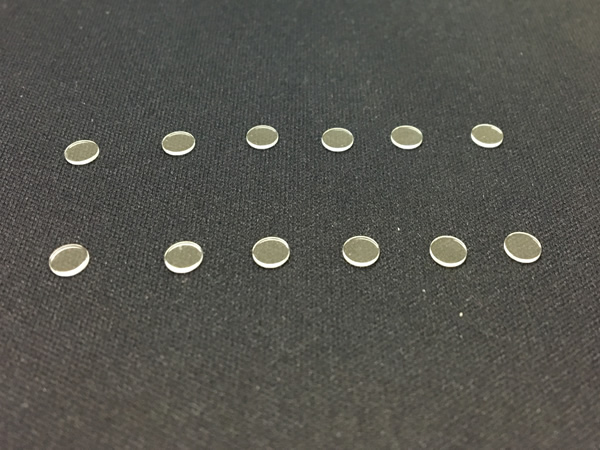
Secondly, sapphire glass has excellent chemical stability. The internal environment of the human body is complex, with various corrosive liquids such as stomach acid and bile present. Ordinary glass is prone to corrosion in these environments, leading to surface fogging or the formation of microcracks. Sapphire glass has extremely strong resistance to acid and alkali, and can remain stable even under extreme conditions of pH 1-14.
In terms of optical performance, sapphire glass also performs well. Its light transmission range ranges from ultraviolet to infrared (0.15-5.5 microns), with a transmittance of over 85%, much higher than the 70-80% of ordinary optical glass. This excellent transparency ensures that the endoscope can obtain more realistic and clear images. Especially when advanced technologies such as narrowband imaging (NBI) or laser confocal microscopy are used, sapphire glass can accurately transmit light of specific wavelengths without causing dispersion or distortion.
The thermal stability of sapphire glass is also one of its important advantages. During the disinfection process of endoscopes, it is necessary to withstand high temperature and high pressure (usually 134 ℃, 0.22MPa) steam sterilization. Ordinary glass materials are prone to stress cracking or deformation under repeated high-temperature treatment. And the melting point of sapphire glass is as high as 2050 ℃, with a thermal expansion coefficient of only 5.3 × 10 ??/℃, which can easily cope with conventional disinfection conditions.
From a biocompatibility perspective, sapphire glass fully meets the safety standards for medical devices. It does not contain harmful substances such as heavy metals and will not cause human rejection reactions. This excellent biocompatibility makes sapphire protective film particularly suitable for endoscopes that require long-term retention in the body, such as the working channel protective film used during biliary stent implantation surgery.
In terms of structural design, the processing performance of sapphire glass also brings innovative possibilities. Through laser cutting and polishing technology, sapphire glass can be processed into various complex shapes to meet the design requirements of different endoscopes. For example, the protective window of the lifting forceps of a duodenoscope requires a special curved design, and sapphire glass can be accurately processed into the desired shape while maintaining edge strength. In addition, sapphire glass can be reliably encapsulated with other materials such as titanium alloy to ensure the overall sealing and durability of the endoscope.
Sapphire glass, as an endoscope protective film, has many advantages such as high hardness, corrosion resistance, good optical performance, strong thermal stability, and excellent biocompatibility. These characteristics not only improve the imaging quality and durability of endoscopes, but also create conditions for the application of new technologies.


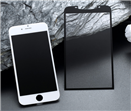
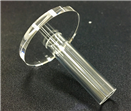
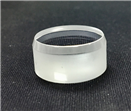
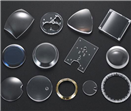
Tel
Mobile phone
Customer service
TOP